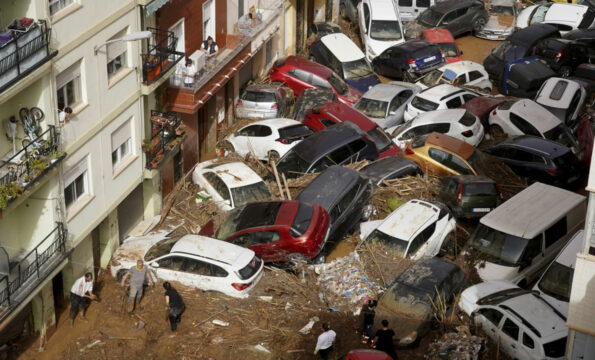Leider ist der Eintrag nur auf Amerikanisches Englisch und Europäisches Spanisch verfügbar.
-

-

-
Pastor Hal Mayer
Speaker / Director
At least 95 dead, more missing in Spain’s severe floods
Freitag, der 1. November 2024
Prophetic Intelligence Briefings are provided to show a link between current events and Bible prophecy only. The reposted articles, which are not intended as a commentary in support of or in opposition to the views of the authors, do not necessarily reflect the views of Pastor Mayer or of Keep the Faith other than to point out the prophetic link.
Latest Message
Make a Gift
Prophetically Speaking…
„The most odious of all oppressions are those which mask as justice.“ more…
-
Neueste Beiträge
- After hurricane, mosquito-transmitted diseases pile on top of Cuba’s troubles
- Prophetically Speaking…
- Liberal Protestant churches proclaim ‚holiness‘ of transgenderism, rebuke Catholic bishops
- Prophetically Speaking…
- Anti-corruption protest descends into chaos as thousands of ‘Gen Z’ demonstrators storm National Palace in Mexico City
Tags
Catholic Church church and state Donald Trump government LGBTQ natural disaster politics Pope Francis Prophetically Speaking Quote of the Day religion religious liberty United States VaticanNeueste Kommentare
- Stephen Chang bei Praying for the Dead: Sweetest of the Spiritual Works of Mercy
- John bei Charlie Kirk and the Sabbath rest
- William Stroud bei UMC church paints steps in rainbow colors in opposition to governor’s directive
- William Stroud bei Police in India arrest Pastor after Hindu extremist attack
- William Stroud bei From Israel to the US, Vice President JD Vance isn’t shy about his religion
Follow





Comments